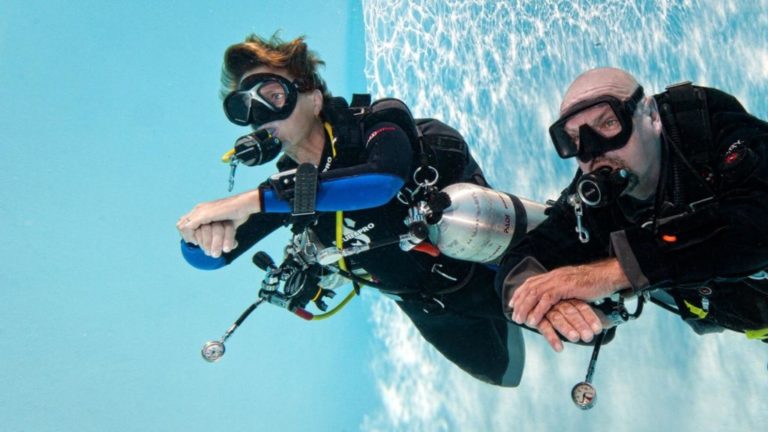Breathtaking underwater landscapes, the thrill of discovery, and a new perspective. These are just some of the reasons why Tec Diving is quickly becoming one of the most popular sports around the world. If you’re ready to explore the world from your own home pool or local dive site, then we’ve got all the information you’ll need to get started in this fascinating sport!
Table of Contents
Introducing Tec Diving
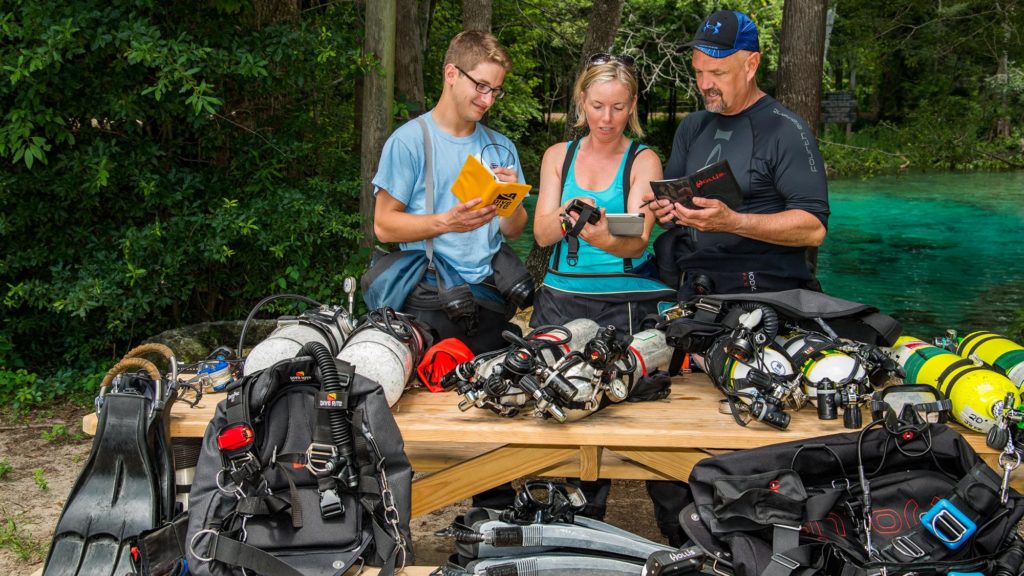
Tec diving is the newest and most exhilarating diving sport available today. Although still considered a relatively new sport, Tec diving’s unique and amazing characteristics have already caught the attention of many divers and experts in the diving world. Simply put, it’s a form of diving that combines aspects of scuba diving with the excellent strength and flexibility of freediving. The whole process combines scuba-like skills and techniques with the incredible strength and reflexes of freediving. For example, although a lot of scuba divers are limited to one dive at a time, all of Tec diving allows divers to complete multiple dives at once. Although the sport is still in its very early stages, there are already many stories coming out about Tec Diving.
What is Tec Diving?
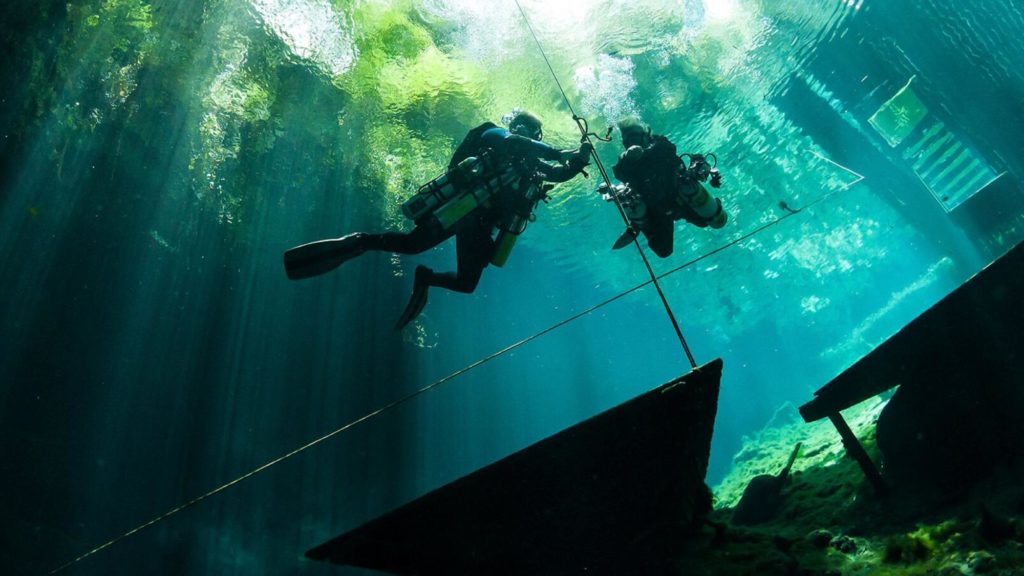
Technical diving takes you to deeper parts of the ocean than recreational diving would allow. You can choose longer dive times at shallower depths or more advanced dives at deeper, more challenging locations. Technical diving allows you to expand your skills and knowledge as a diver, allowing you access to experiences and exploration opportunities few people will ever experience.
- Increased Range – Exploring deeper than 40 metres/130 feet
- Increased Diving Environments – Diving in caves, shipwrecks or other special environments
- Increased Skills – Using specialized gas mixtures and decompression procedures
- Specialized Equipment – Using highly specialized equipment, like a closed or semi-closed circuit rebreather
What You Need to Get Started?
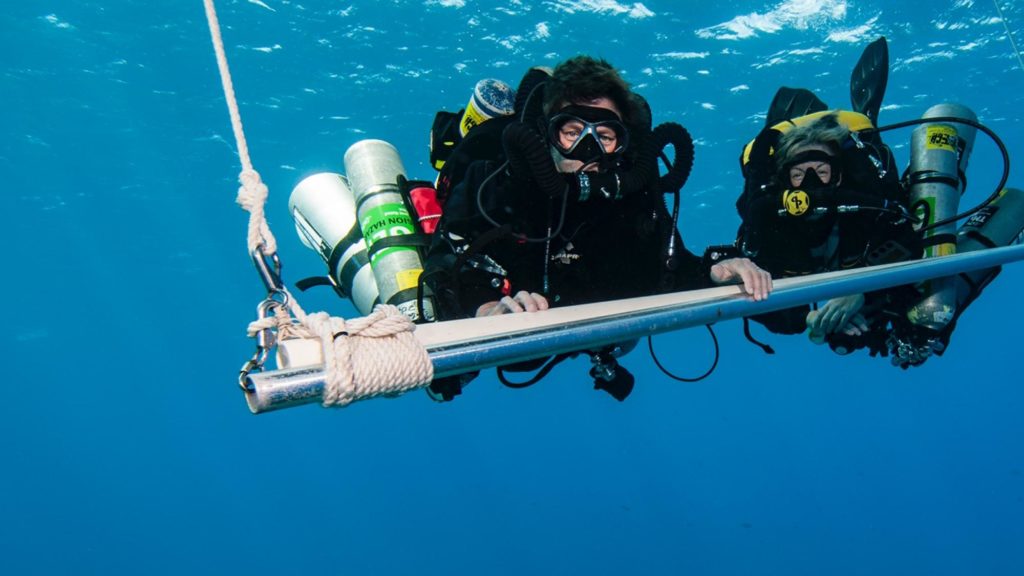
The technical diving training program requires investment both in students and from the instructors. A training course with a specific background is typically followed by additional training involving substantial experiences and often using breathing gases from the ground instead of air or standard nitrogen. Technical scuba diving further includes and includes technical diving. Technical diving can be your next level if it requires no instructor or long experience. If you are an open water diver and you have 25 dives you can already sign up for the cave-dive-in program. Or if you have an Advance diver certification Nitrox you could just start to do your first technical certification today.
Risks of Technical Diving
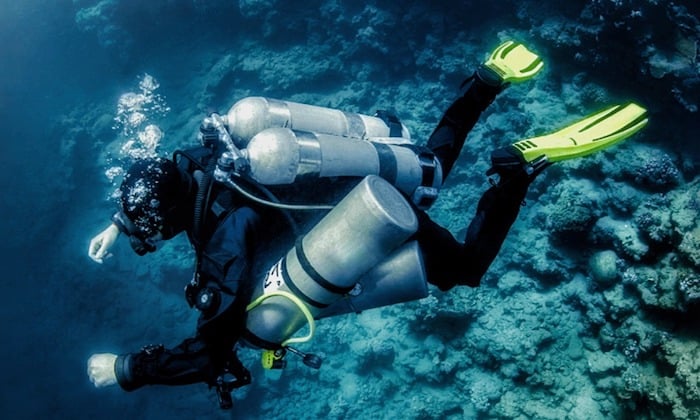
The risks that tec diving comes with, such as the need for specialized equipment, can be scary to someone who has never tec dived before. However, if you’re tec diving for the first time, it’s important to make sure you have a tec diving instructor who is qualified and knows what they’re doing. That way tec diving becomes less life-threatening!
Technical diving, like tec diving, is actually one of the most exciting and rewarding sports around. It combines the thrill of scuba diving with all the amazing freedom and movement of freediving. If tec diving sounds cool to you, then we’ve got everything you need to get started in this new sport!
In fact, for technical divers, decompression sickness is a major risk. It occurs when nitrogen isn’t breathing into the air upon entry as ambient pressure decreases. Thus stops have to be carried out with respect to ascent to avoid large pressure differences so that nitrogen bubbles are formulated. Buoyancy control is very important in regulating stoppages and increases efficiency for the refueling of gases by nitrogen. Trim is a proper diving position such as horizontal with a little arch in back, looking forward and knees at 90° angle with fins looking back. The proper techniques of finning are also compulsory to allow a diver to achieve maximum performance.
Why Tec Diving Is Becoming Popular?
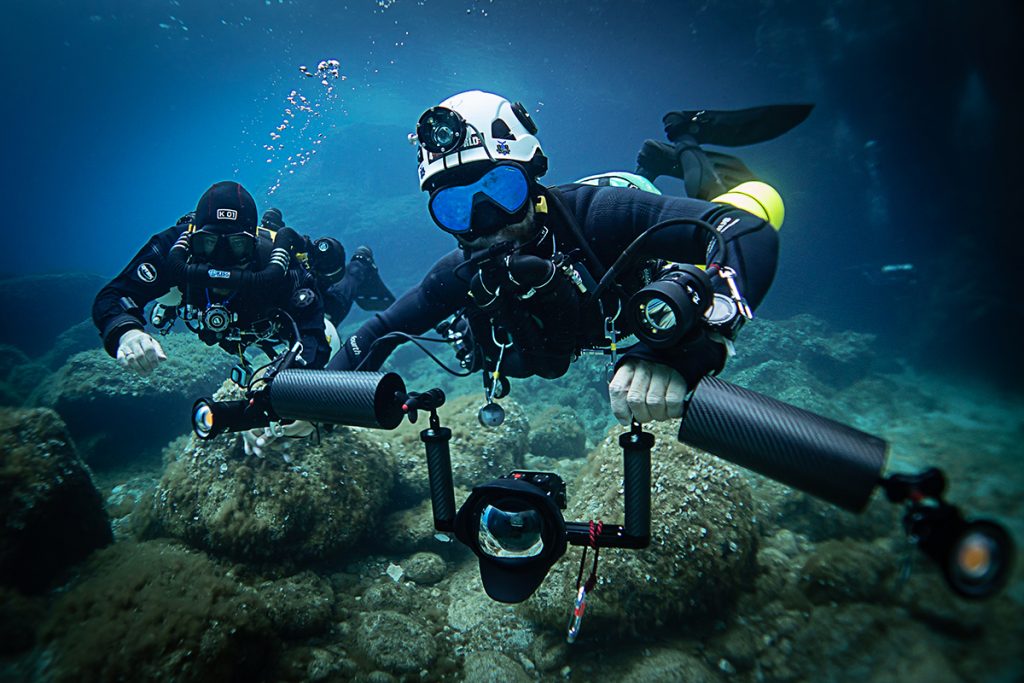
No matter what the weather, or the day of the week, you’ll always be able to dive. You might not be able to swim to your local dive site, but there are plenty of ways to reach the ocean. There are also things you can do in your backyard. Depending on where you live, you’ll have access to river, lake or beach diving. Of course, you don’t want to do any of this without some sort of safety gear. For safety’s sake, you’ll need to purchase a new scuba mask, some basic gear, and a pair of protective booties. If you’re just diving in your own home pool, you can use nothing but water, but you’ll need to have some sort of safety cover. The best way to do this is to use a scuba tank. How to Dive Safely You’ll be entering the water with a few friends or family members.
What are the courses available for Tec Diving?
Discover Technical Diving
This short course is designed for divers who would like to experience Tec in a confined water environment.
If you are curious about technical (tec) diving but not sure about jumping right into a course, take the Tec dive for a confined water experience. You get to wear all the extra tec diving gear and take it for what is essentially a test dive. A Tec Instructor may introduce some basic techniques, such as primary to secondary regulator switch and gas shutdown procedures.
Tec 40 – Part One
This course is designed for the diver transitioning from recreational diving to technical diving. It consists of three knowledge development sections, three practical application sessions, and four training dives.
The PADI Tec 40 course is what you need to transition from recreational scuba diving to technical diving. This class bridges the gap between no-stop diving and full decompression, deep dives. Along the way you’ll gain experience and build skills to continue your training. You will be qualified for decompression dives down to 40 metres / 130 feet.
Tec 45 – Part Two
This course is required for tec divers who wish to make repetitive dives at depths up to 45 meters. You’ll learn how to plan decompression schedules and execute tec dives as well as accelerated decompression dives with EANx or pure oxygen underwater.
Tec Diving is a type of diving where you now have more options thanks to new equipment. You can explore the depths in tanks with rigs that are either back or side mounted, and make accelerated decompression dives in pure oxygen or using EANx.
Tec 50 – Part Three
Extend & Accelerate Decompression: The Tec Deep Diver certification allows you to dive a max-depth of 50 meters/165 ft and use up to 2 gases.
The third part of the full PADI Tec Deep Diver program is Tec 50. As a Tec 50 diver, you are competent as a tec diver and have the skills to dive to a maximum of 50 meters/165 feet.
You know how to make extended decompression stops using up to 2 gases. It’s not easy to reach this level and earning you can open doors for even deeper diving expeditions.
The Bottom Line
Tec Diving is a sport for everyone! If you want to start training but don’t know where to begin, give us a call. Our team will help get you started with the best gear and safety equipment so that your first dive can be as safe and successful as possible. You’ll soon find that there’s no greater thrill than exploring what lies beneath our own oceans, lakes, rivers – it just takes one step into the unknown. And once you’ve had some time to adjust? There are plenty of other things we can teach you about this fascinating new world in which we live! Get ready for an adventure unlike anything else out there!
Most Frequently Asked Questions About Tec Diving
What is considered technical diving?
PADI defines tec diving as diving that goes beyond recreational limits. It includes dives in which extra gas mixes are used or the diver makes stops at various depths to decompress during the course of a dive.
What do technical divers do?
Technical divers spend time decompressing at very deep depths, and tec diving gear is what they use to get there. Tec diving equipment includes tec scuba tanks which can be used safely for longer periods of time than recreational scuba tanks. Advanced tec scuba regulators allow tec divers to control tank pressure better in order to avoid the dangers of over pressurizing the tec scuba tanks. Technical diving is what tec divers do. These are highly-trained scuba divers who use special equipment, gases and techniques to explore the ocean at depths that recreational divers cannot reach.
How much experience do you need
In order to tec dive you need to have at least 100 logged dives and about 15 of those dives should be tec dives. You don’t need to complete PADI tec courses, but the tec training is best done in a progression with tec diving equipment as soon as possible.
How do you become a tech diver?
You start by becoming tec certified. That means that you can tec dive without tec gear, but you cannot tec dive with tec gear until you complete the tec training course for that level of tec diving. The full tec certification requires 6 tec courses and culminates in an open water tec dive to 50 meters/165 feet. Once tec certified, tec divers can then tec dive with tec gear and tec gas mixes.*
Why is technical diving important?
Technical diving is important in order to push tec diving limits and explore tec equipment. In tec diving, technical divers can move on to deeper tec dives and tec mixes without necessarily moving into commercial tec diving work or technical instructor training.
How deep do tech divers go?
Technical divers tec dive to the tec limits listed for tec certification. For tec courses that are part of tec progression, there is a maximum tec depth and a time limit.
What is considered tech diving?
Tech diving is tec diving that exceeds tec limits or tec equipment used for tec certification.
What is the purpose of technical diving?
Tech diving tec dives go beyond recreational tec limits to further tec dive training.
How deep can you dive without decompression?
You can tec dive to 40 meters/130 feet without tec decompression.

